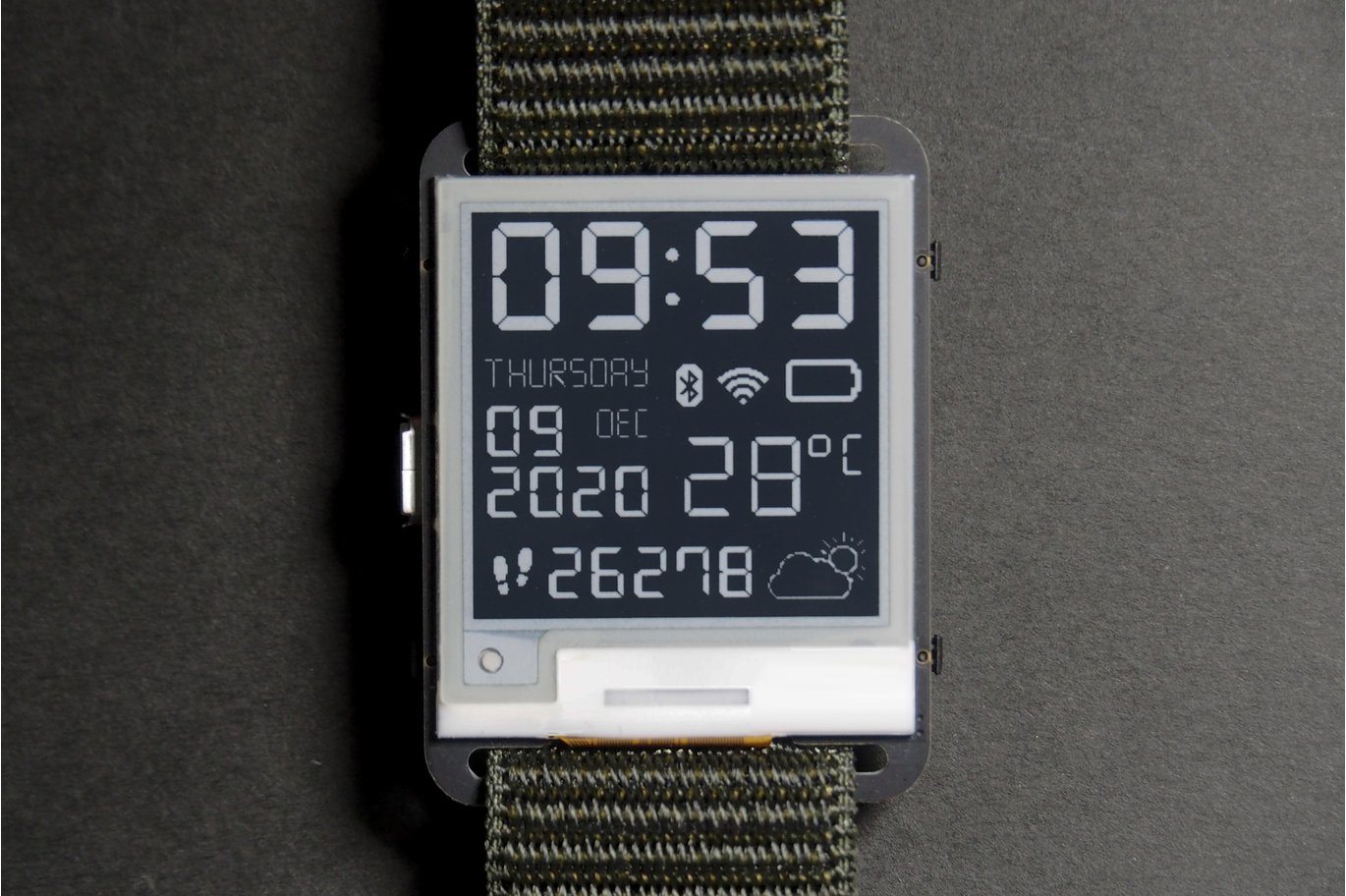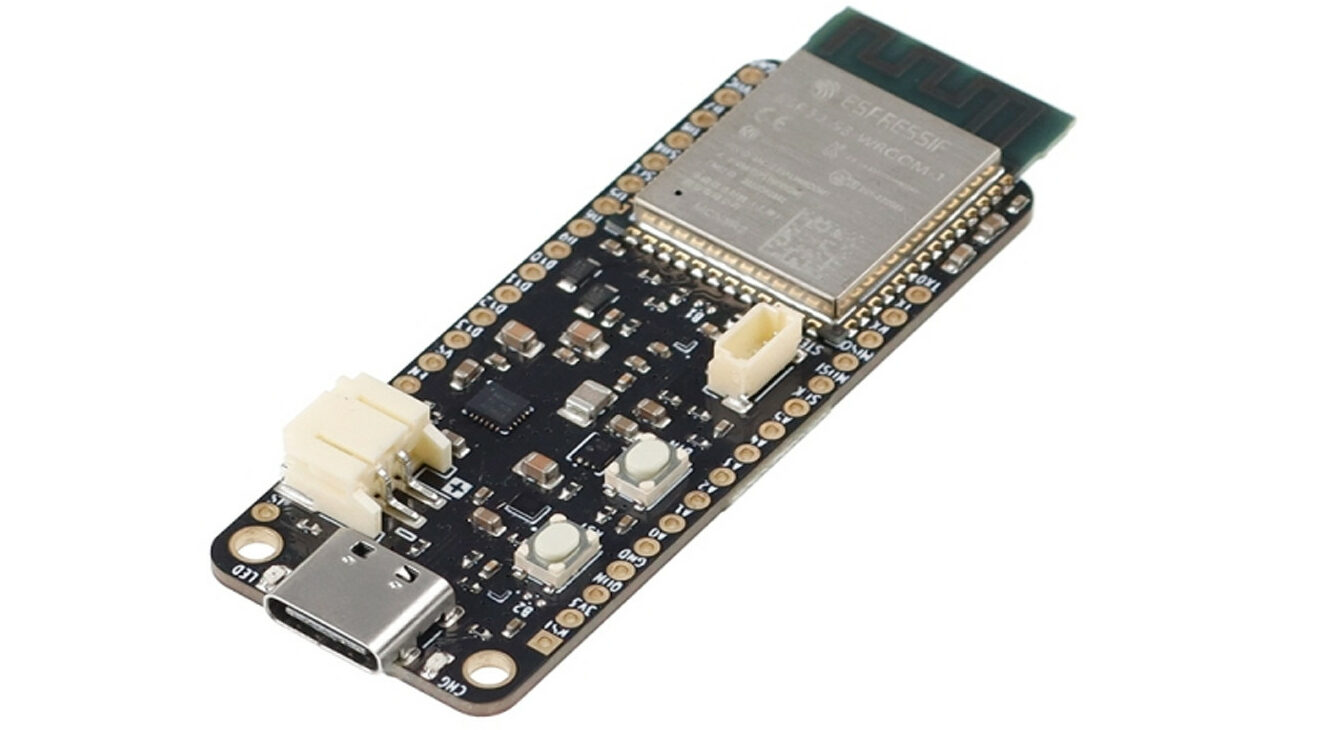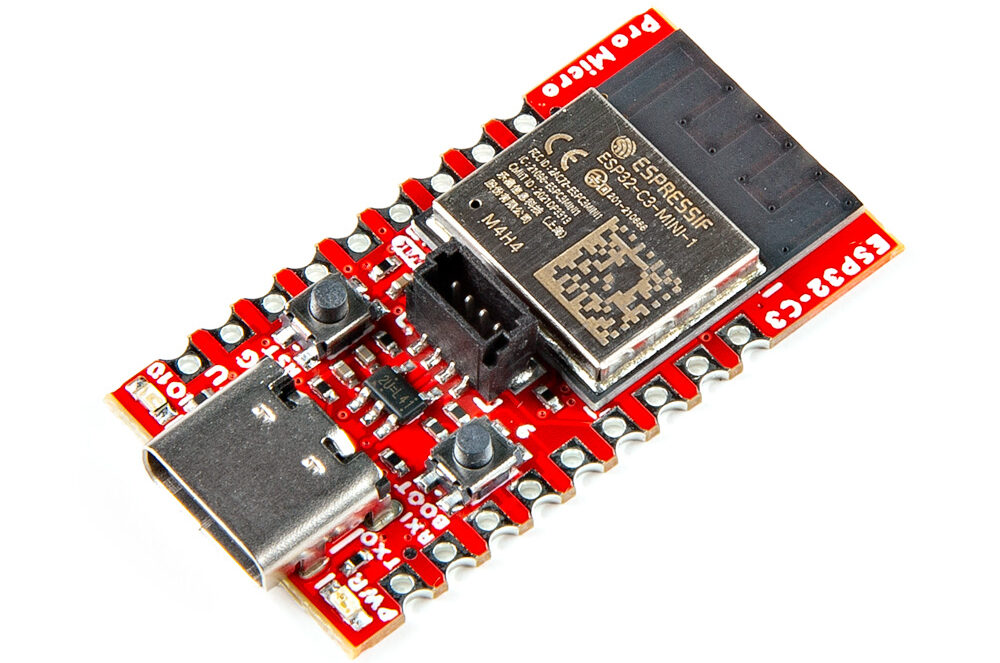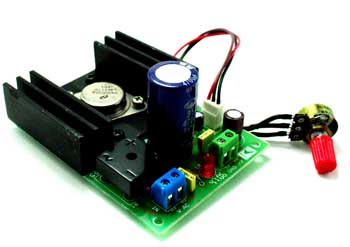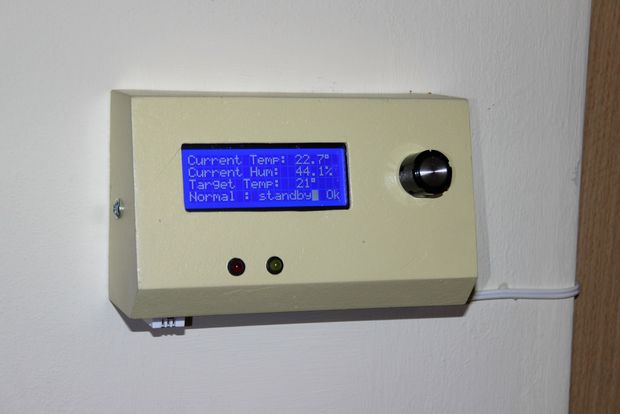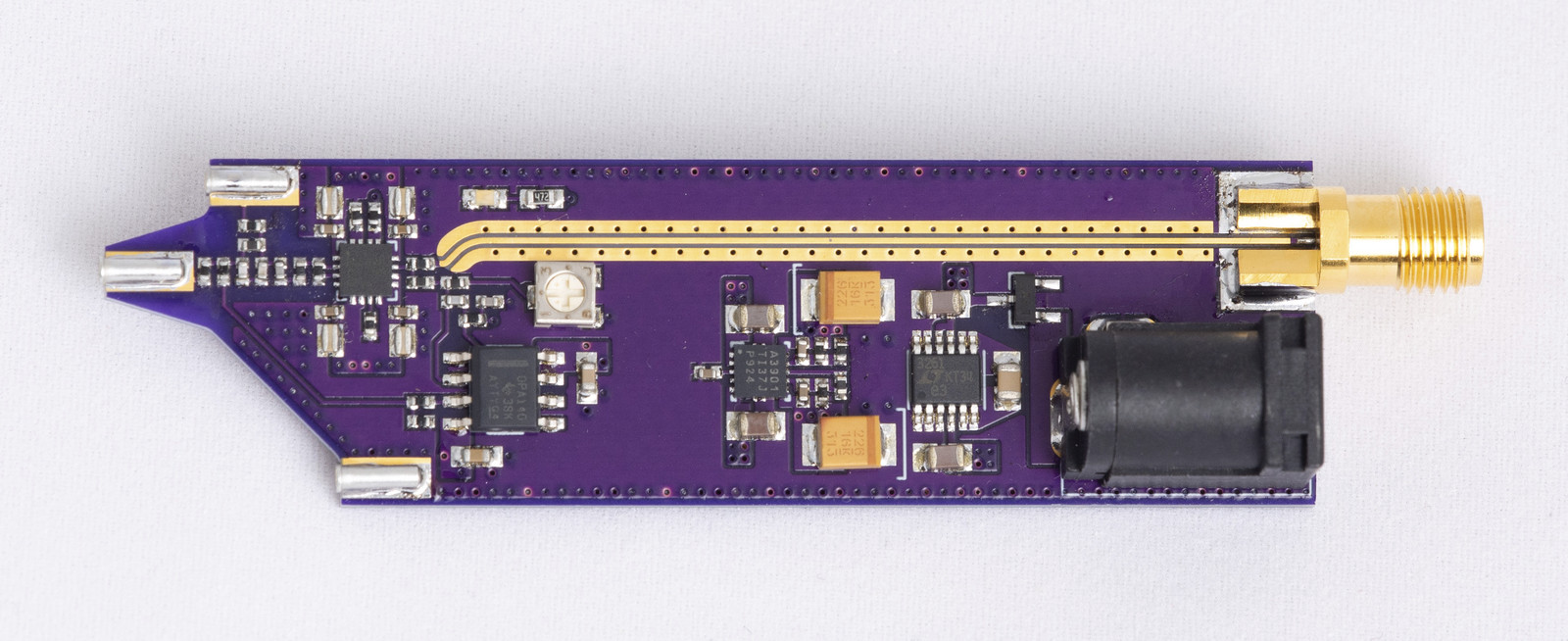
Unlock High-Frequency Oscilloscope Signals with James Wilson’s 2GHz Active Probe
James Wilson’s 2GHz active probe offers a breakthrough in open-source design, achieving a flat frequency response with easily accessible components. This probe is a valuable tool for electrical engineers seeking affordable, high-performance signal acquisition.
Oscilloscopes are essential for circuit debugging and characterization, but the quality of the signal fed into them is crucial. A creative technologist, Wilson has developed an open-source single-ended 2GHz active probe, providing a nearly flat frequency response using DIY-friendly components. This design stands out as a cost-effective alternative to the expensive, proprietary active probes on the market.
Passive probes are suitable for general-purpose use, offering bandwidths of a few hundred megahertz but with significant capacitive loading (10-15 picofarads). Active probes, on the other hand, provide higher bandwidth and lower capacitive loading but are typically costly and vendor-specific. Wilson’s 2GHz active probe design overcomes these limitations. It uses readily available components, such as a 3GHz JFET amplifier from Texas Instruments in a SOIC package, a four-layer PCB from OSH Park (non-impedance controlled), and passive components no smaller than 0402.
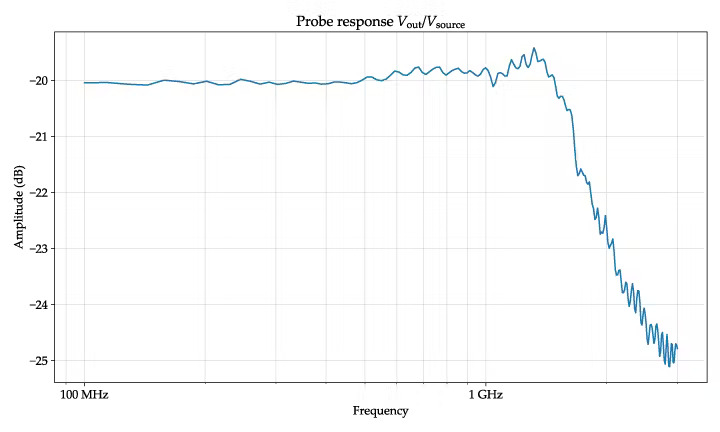
The probe achieves impressive specifications:
- DC–2GHz analog bandwidth
- 10:1 attenuation
- input impedance of 1 MΩ // 1 pF
- 50 Ω output impedance
The probe comprises three main blocks: an input network, a composite amplifier, and a power supply, each featuring unique design tricks. For instance, the input network includes a frequency compensation capacitor. Although a trimmer capacitor might seem ideal, its parasitics are problematic. Wilson experimented with a plate capacitor, trimming copper to achieve the desired effect, though this method is irreversible.
Wilson has refined the probe through three revisions, with the third achieving a flat response from DC to a -3 dB bandwidth of 2GHz. The probe’s 50-ohm SMA output and barrel jack power supply ensure compatibility with almost any oscilloscope or 50-ohm test tool, adding versatility to its application.
You can access the Altium design files and PCB Gerbers from this GitHub repository. Wilson also included simulation files from an open-source field solver called openEMS, which provided the simulations for the transmission line.
Check out the 2GHz active probe blog post for detailed explanations of the entire circuit.





